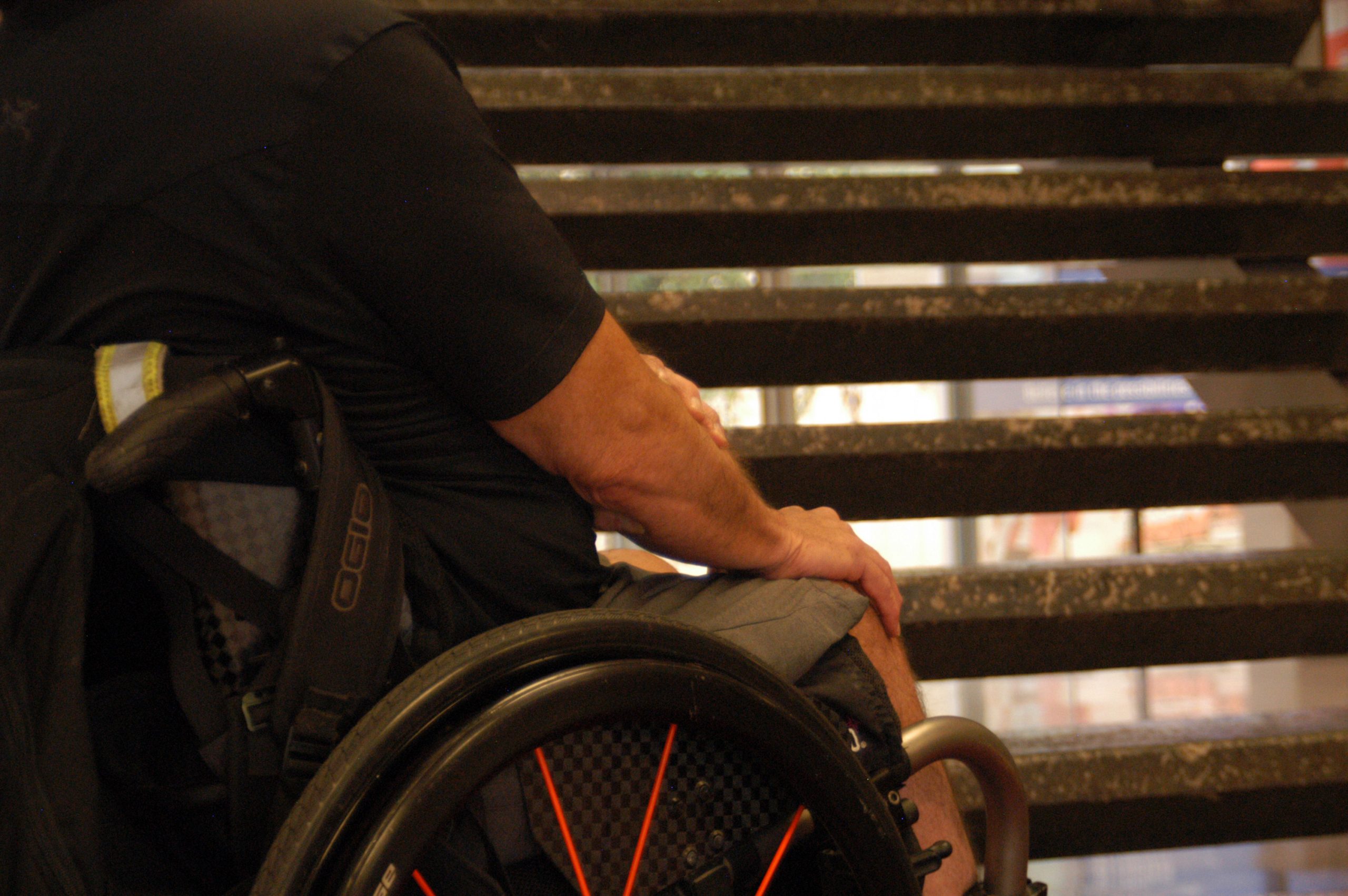Accessibility Reviews

Businesses and events would like to be accessible to all, but it can be difficult for an able-bodied person to know what challenges their place of business or venue might present to an individual whose mobility is impaired.
With our assistance, venues can become more accessible and welcoming for disabled users by identifying and rectifying access issues, making everyone’s lives much easier. Venue owners and managers can ensure that their building is in compliance with current disabled access regulations and best practice standards, or at least be sure that they are meeting minimum access requirements.
SCI PEI is happy to have someone from our organization help you assess your accessibility plan, and make suggestions for possible improvements. Contact us
Our executive director was in Vancouver BC doing Universal Training with Spinal Cord injury BC on the Nature 4 all app. This will be a SCI PEI adopted practice to go out to business and do some in person evaluations and offer accessibility suggestions to such business.
